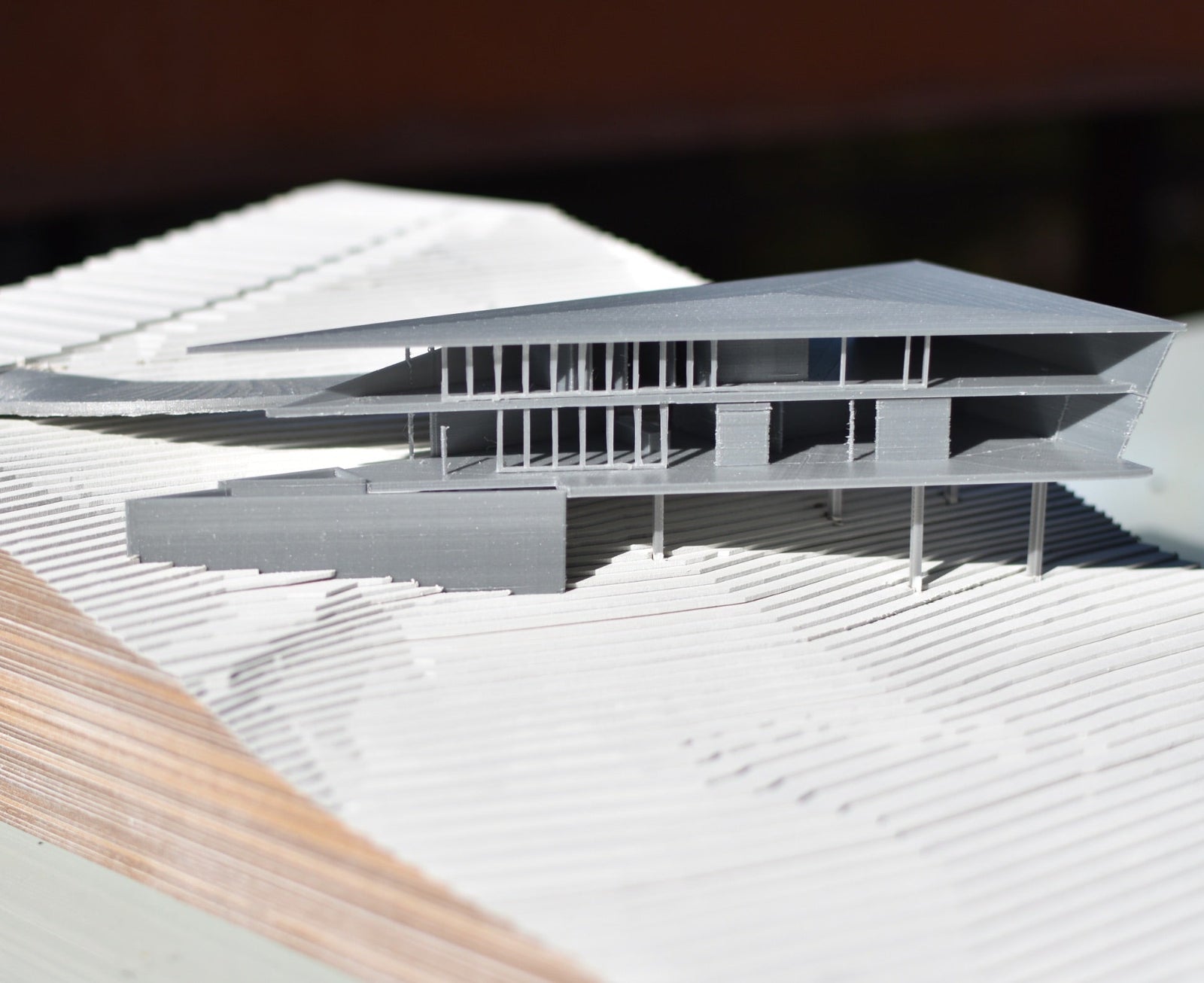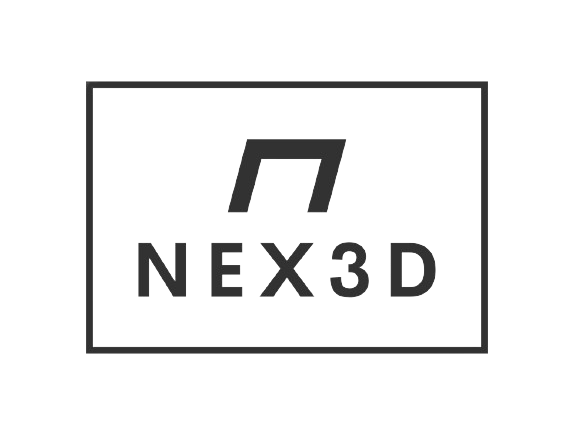Revolutionizing Architecture: How 3D Printing is Accelerating and Enhancing Design Projects
In the dynamic world of architecture, where innovation and precision are crucial, 3D printing has emerged as a game-changing technology. From turning initial concepts into reality to streamlining final presentations, 3D printing is helping architects realize their visions faster and with greater accuracy. Let’s explore how this cutting-edge technology is transforming the architectural design process.

1. Rapid Prototyping and Iteration
One of the standout benefits of 3D printing in architecture is its ability to facilitate rapid prototyping. Traditional model-making methods can be time-consuming and labor-intensive. With 3D printing, architects can swiftly create physical models from digital designs, allowing for frequent iterations and refinements.
Imagine an architect designing a new community center. Instead of waiting weeks for a physical model from a traditional model-making shop, they can produce a scale model in just hours. This speed not only accelerates the design process but also enhances the final product by enabling continuous feedback and adjustments.
2. Enhanced Design Visualization
3D printing provides an unparalleled level of detail and accuracy, making it easier to visualize complex designs. Architects can create intricate, detailed models that offer a true sense of scale and materiality.
When presenting a new residential building concept, a 3D-printed model can illustrate the design’s spatial relationships and material choices more effectively than 2D drawings. This tangible representation helps stakeholders better understand the project, leading to more informed decisions and smoother approvals.

3. Customization and Complexity
The ability to easily create customized and complex geometries is another revolutionary aspect of 3D printing. Traditional construction methods often struggle with intricate designs, but 3D printing excels in producing unconventional shapes and patterns.
Consider a project involving a custom façade with intricate latticework. With 3D printing, architects can design and produce a precise model of the façade, including every detail. This customization not only enhances visual appeal but also allows for innovative design solutions.
4. Cost and Resource Efficiency
While the initial investment in 3D printing technology can be significant, the long-term cost benefits are notable. 3D printing reduces the need for extensive model-making materials and labor, leading to more efficient resource allocation. Additionally, its precision minimizes material waste, supporting sustainable design practices.
By using 3D printing, architects can experiment with different materials and designs more cost-effectively, contributing to both savings and sustainability.
5. Collaboration and Communication
Effective communication is key in architecture, where multiple stakeholders are involved. 3D printing enhances collaboration by providing a physical model that everyone can interact with. This shared model facilitates clearer discussions and more productive feedback sessions.
Whether it’s an architect, client, contractor, or regulatory body, a physical model bridges gaps in understanding and aligns all parties with the project’s vision, leading to smoother project development.
6. Testing and Validation
3D printing also plays a crucial role in testing and validating design concepts. Architects can create functional prototypes to test structural integrity, material performance, and spatial interactions, offering insights that digital simulations alone may not provide.
For instance, an architect designing a new pavilion with an innovative roof structure can 3D print a scale model to assess how the structure handles various loads and environmental conditions. This practical experimentation refines the design before full-scale construction.

Conclusion
3D printing is not merely a trend but a transformative tool that is reshaping architecture. Its ability to speed up prototyping, enhance visualization, allow for intricate customization, improve cost efficiency, foster collaboration, and enable rigorous testing makes it an indispensable asset for modern architects.
As technology evolves, the potential applications of 3D printing in architecture are boundless. Embracing this innovation not only streamlines the design process but also paves the way for more imaginative and sustainable solutions. The future of architecture is being printed, layer by layer, and it promises to be more dynamic and exciting than ever before.
